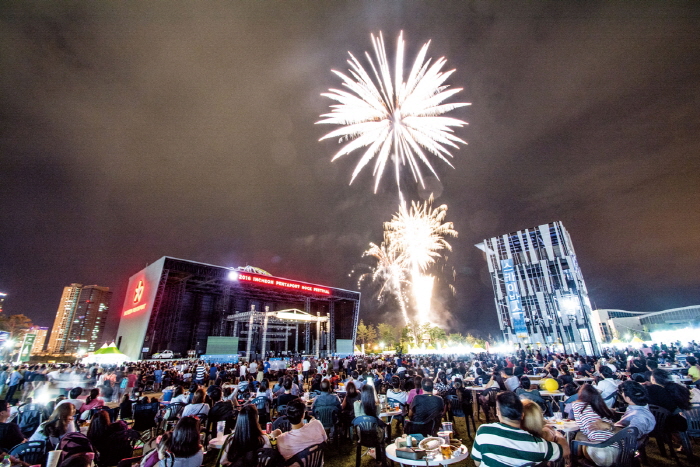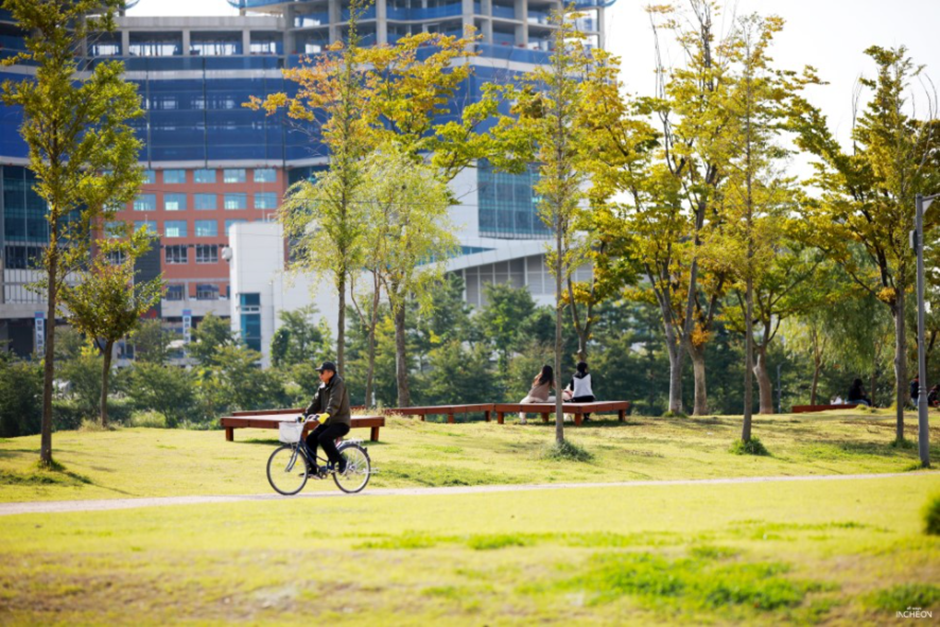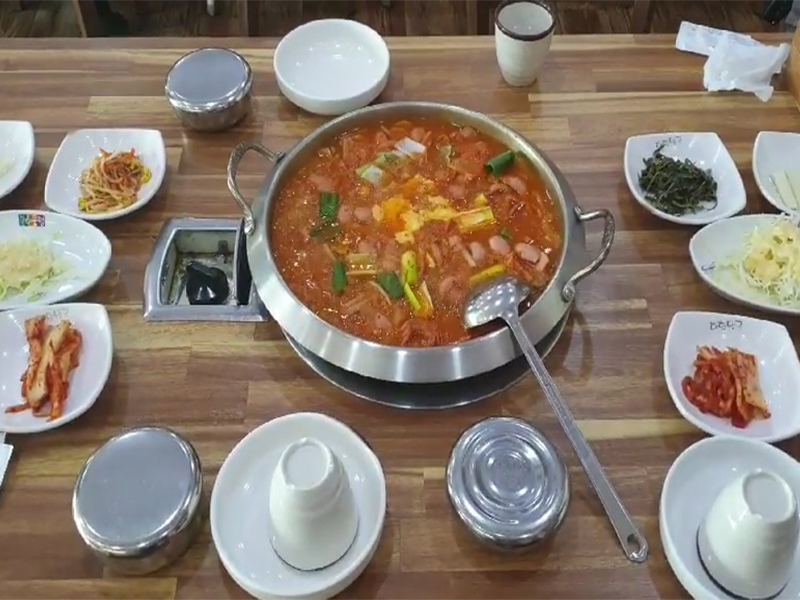Pureun Arboretum & Hang-dong Railroad (푸른수목원&항동철길)
9.9Km 2025-01-17
240 Yeondong-ro, Guro-gu, Seoul
Pureun Arboretum is a botanical garden boasting well-established ecological parks and scenic walking trails. It encompasses diverse themed gardens, including the Wildflower Garden, Hydrangea Garden, Conifer Garden, Broadleaf Tree Garden, Bulbous Plant Garden, Wetland Garden, and Rose Garden, complemented by an Visitor Center. The Forest Learning School, functioning as a greenhouse, showcases plants from various corners of the globe and hosts educational programs. Visitors can avail themselves of facilities like the book café, a café, and a library. Additionally, the arboretum is intersected by the abandoned railroad tracks of Hang-dong.
Songdo Beer Festival (송도맥주축제)
9.9Km 2022-12-29
350, Central-ro, Yeonsu-gu, Incheon
• 1330 Travel Hotline: +82-2-1330 (Korean, English, Japanese, Chinese) • For more info: +82-32-830-1000
Songdo Beer Festival aims to become one of the world's best beer festivals equal to that of Germany's Oktoberfest and China's Qingdao International Beer Festival. Enjoy beer and food while watching exciting live performances and fireworks.
Songdo Dog Park (송도 도그파크)
9.9Km 2024-10-29
350 Central-ro, Yeonsu-gu, Incheon
Songdo Dog Park, located within Songdo-dong Dalbit Festival Park, is a free pet playground open to all pets who are up-to-date on their vaccinations and are microchipped. Owers of pets that are not microchipped must have their pet registration paperwork on hand to enter. The park is divided into three sections based on dog size for safety.
Olive Young - Cheongna Square7 Branch [Tax Refund Shop] (올리브영 청라스퀘어세븐)
10.0Km 2024-04-18
Store #B117, B1 of Square Seven Cheongna, 76, Cheongna ruby-ro, Seo-gu, Incheon
-
Incheon Baendaengi Street (연안부두 밴댕이회무침거리)
10.0Km 2021-07-22
24-1, Yeonanbudu-ro, Jung-gu, Incheon
+82-32-765-4169
The Gwanghwado and Incheon areas are known for their plentiful catches of baendaengi (large-eyed herring). After a little street started specializing in serving baendaengi some 30 years ago, the fish has continued to grow in popularity.
Located in Guwol-dong, across from the Incheon Culture & Arts Center, Baendaengi Street has expanded, and so has the variety of dishes served. Visitors can try baendaengi prepared sashimi-style, roasted, or in a spicy soup. For this particular species of herring, locals believe the flavor is best in March and April when they grow to their largest size. Salted Baendaengi also makes an excellent side-dish for Korean meals.
* Baendaengi is one of many types of small prey fish referred to as ‘Soeo’ for their fierce struggle in fishing nets. Soeo have internal organs that are proportionally smaller than other species of fish and are known for their feisty nature. These attributes are thought to signify a stress-filled life, which is why many Koreans refer to narrow-minded or hot-tempered people as ‘baendaengi.’
Daehanminguk Budaejjigae (대한민국부대찌개)
10.1Km 2021-03-18
184, Seongo-ro Bucheon-si Gyeonggi-do
+82-32-682-3366
This is a Korean cuisine located in Bucheon-si, Gyeonggi-do. The representative menu is sausage stew. It is located near Ojeong Grand Park, where it is good to take a light walk after eating.



![Olive Young - Cheongna Square7 Branch [Tax Refund Shop] (올리브영 청라스퀘어세븐)](http://tong.visitkorea.or.kr/cms/resource/19/2882819_image2_1.jpg)

 English
English
 한국어
한국어 日本語
日本語 中文(简体)
中文(简体) Deutsch
Deutsch Français
Français Español
Español Русский
Русский